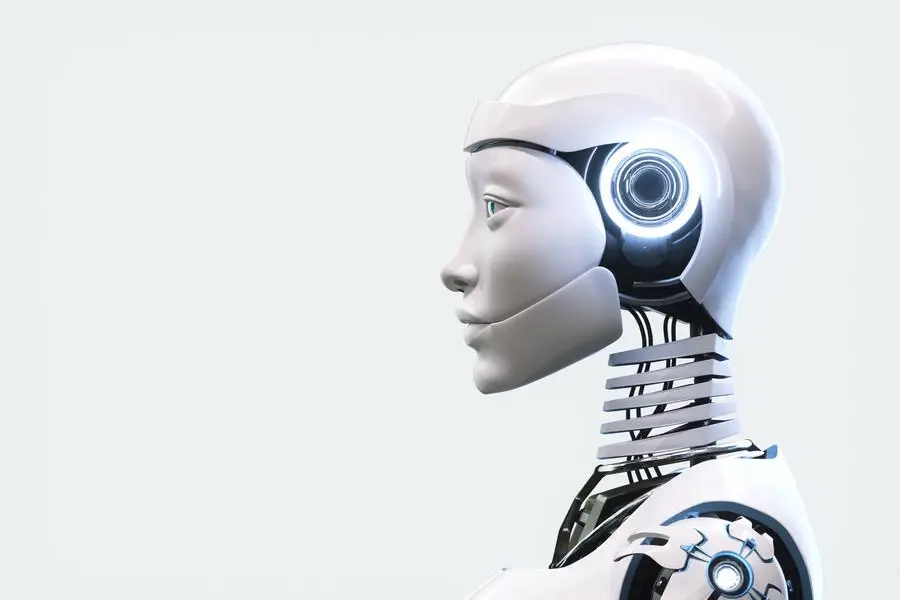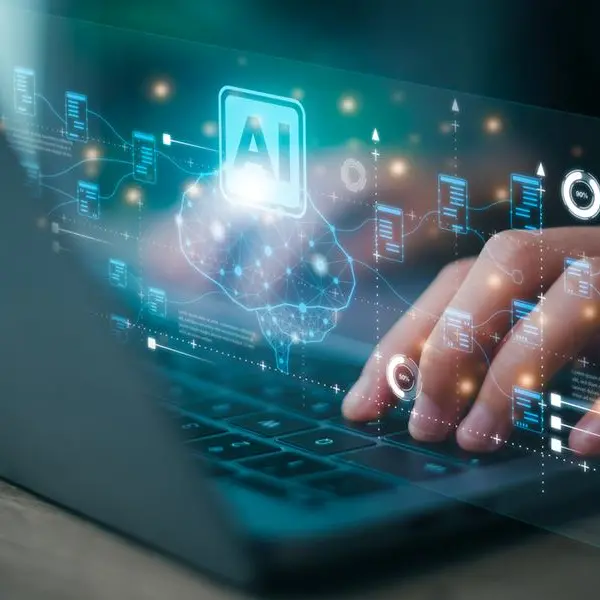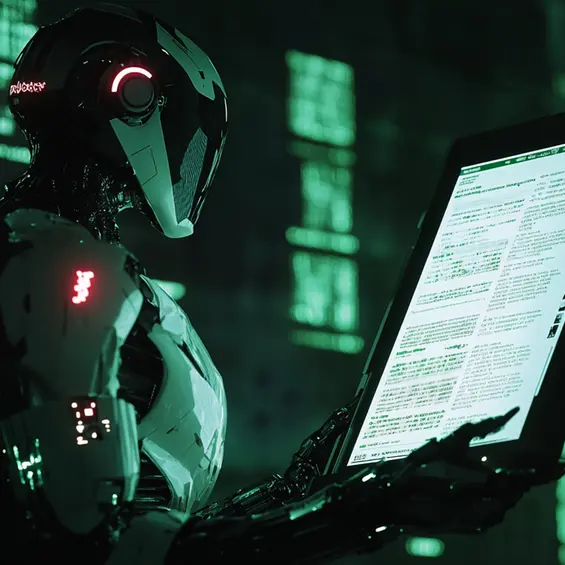PHOTO
Science fiction often speculates about robots that are virtually indistinguishable from humans, and companies such as Tesla are driving to achieve just this with the launch of Optimus last month. However, while there are a few examples of humanoid robots being developed for entertainment and social purposes, the majority of robots will not take after their creators, says GlobalData, a leading data and analytics company.
GlobalData’s report, ‘Robotics – Thematic Research’, reveals that industrial robotics will play a pivotal role in the robotics market over the next decade. Sales of industrial robots hit $18.6 billion in 2021, representing 35 per cent of the total market, and will rise to $352 billion by 2030, 62 per cent of the total market. This growth is being driven by the desire to automate factory systems and production processes.
Martina Raveni, Associate Analyst in the Thematic Intelligence team at GlobalData, comments: “While we may be dreaming of humanoid robots, in reality the most popular consumer robot is still a vacuum cleaner shaped like a disc. In factories and warehouses, human staff work alongside robots that are incredibly good at performing repetitive and dangerous tasks but do not look or behave like humans. In fact, making robots humanoid often requires significant technological effort for very little benefit.
“Robots will have different appearances depending on their role. Care robots, which are mainly built to assist older people with day-to-day activities, will typically resemble humans for a more personal approach. Meanwhile, collaborative robots (co-bots) and caged robots, which are designed to work in factories, do not need to reproduce the human body in its entirety but only a specific part of it.”
GlobalData’s report notes that improvements in artificial intelligence (AI) are enabling the implementation of industrial robots, but further advances are needed in certain AI technologies—including computer vision, conversational platforms, and context aware computing—to take industrial automation and industrial robotics to the next level.
Raveni continues: “AI is pivotal to enhancing robot performance, enabling them to access and seamlessly process large amounts of data. More advancements are needed within AI before robotics can proceed much further, and there is still far to go. That said, the foundations are in place. Advances will be made over the coming years, especially as investors are pouring funds into AI start-ups such as Covariant and Realtime Robotics, which aim to make robots more intelligent, independent, and better able to function in unstructured environments.”
Customisable robots will be the future of automation, according to GlobalData, as tailored robotic solutions can address multiple use cases. Furthermore, the lightweight design of the new generation of robots enables greater mobility and optimised maneuverability.
Raveni continues: “The idea behind the expansion of industrial robots is to prevent human workers from doing repetitive or dangerous tasks. Moreover, in countries where the workforce is aging, like Japan, co-bots and logistic robots increasingly populate factories.”
Copyright 2022 Al Hilal Publishing and Marketing Group Provided by SyndiGate Media Inc. (Syndigate.info).





















